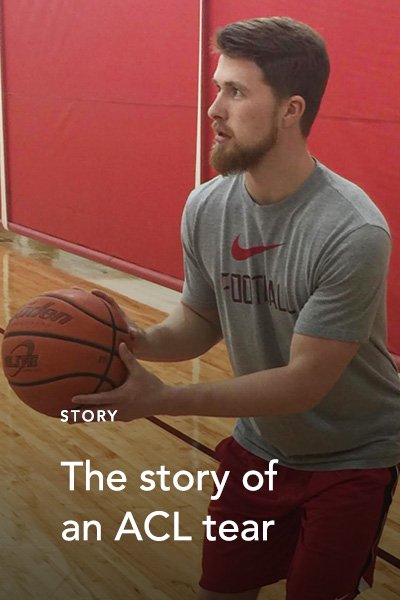Shoulder Arthritis
Experiencing shoulder pain due to arthritis?
Read more below about the treatment for shoulder arthritis
About 50 million men and women in the U.S. suffer from arthritis, a progressive and debilitating condition that’s caused by the gradual wearing away of joint surfaces.
Most shoulder arthritis occurs after years of wear and tear on the joint, especially among women and men who are more physically active. As the joint surfaces become worn, friction inside the joint increases, triggering inflammation that leads to pain, stiffness and limited mobility. Other times, arthritis can develop following an injury like a rotator cuff tear, a shoulder dislocation or a fracture.
There’s no cure for arthritis, and that means most people with moderate to severe arthritis will need to consider having the joint components replaced at some point using a state-of-the-art surgical procedure called shoulder arthroplasty.
What is shoulder arthroplasty?
Shoulder arthroplasty (a type of shoulder surgery) uses special techniques to remove and replace the damaged portions of the shoulder joint including the ball-shaped head at the end of the upper arm bone (the humerus) and the cup-shaped receptacle (the glenoid) on the upper torso. In a few cases, a partial joint replacement procedure can be used to replace just one part of the joint, but most patients benefit from a total joint replacement that helps restore normal joint function.
There are different approaches to surgery, depending on the patient’s specific needs and anatomy, as well as the type of prosthetic (implant) that’s being used. Generally speaking, arthroplasty begins with an incision made between the muscles of the shoulder. Bone spurs and scar tissue that limit the joint’s range of motion are removed first. Then the ball portion of the prosthetic joint is fitted in place. This part of the prosthetic features a long “stem” that fits inside the arm bone.
Next, the glenoid cavity is carefully shaped and smoothed so the prosthetic component fits securely. A special cement is used to hold the new glenoid component in place. Most procedures take about three hours, and you can expect to remain in the hospital for two to five days following the procedure.
Shoulder Arthritis Treatment & Recovery?
Immediately after shoulder surgery, you’ll be given pain medication to relieve discomfort in the shoulder area, and you’ll probably be given antibiotics as well. A special brace will be provided to hold the shoulder in an ideal position and to support the joint throughout the initial stages of healing.
Physical therapy is an essential part of the recovery process following shoulder replacement surgery, and you can expect to begin therapy the day after your procedure or even on the same day as your procedure to facilitate healing and circulation. You’ll continue visiting a therapist after your discharge from the hospital, and you’ll also be given exercises to do at home. It’s very important to do your exercises as prescribed to make sure you recover as quickly and completely as possible. During physical therapy, you’ll gradually increase your activity as the joint stabilizes, but you shouldn’t expect to do any lifting, pushing or pulling for several weeks, and you’ll need to avoid driving for a month to six weeks to avoid stressing the joint.
Am I a good candidate for shoulder arthroplasty?
Like any joint replacement surgery, shoulder arthroplasty is only considered for people with moderate to severe arthritis with symptoms that limit regular activities and that can’t be adequately relieved with medications and therapy alone. The best way to know if shoulder arthroplasty can help you eliminate your painful shoulder symptoms once and for all is to call Dr. Van Thiel with OrthoIllinois at 815-398-9491 to schedule a consultation and evaluation so you can find out about all the options that can help you get back to the activities you love.




